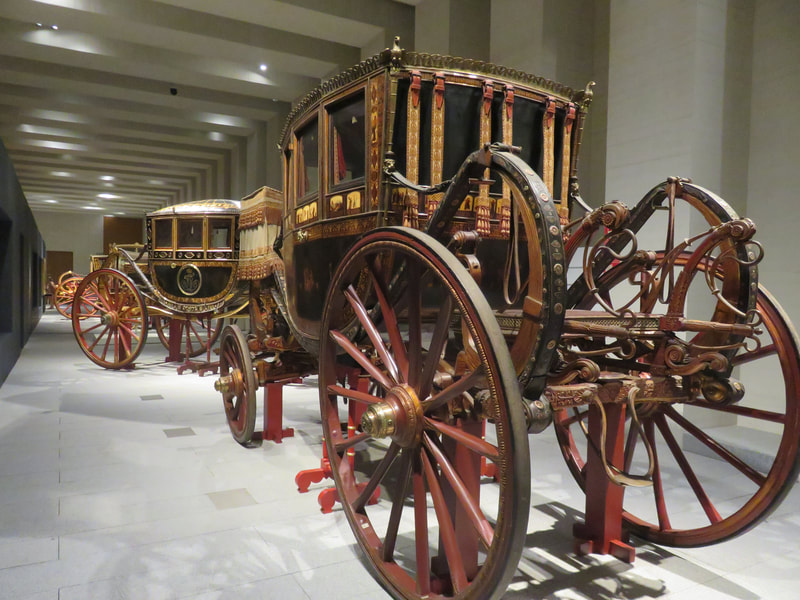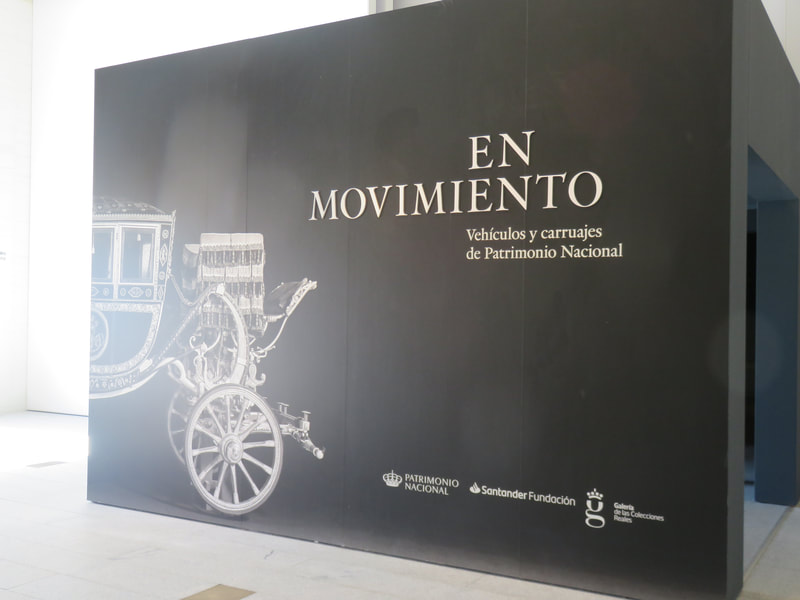|
While in France we’ve just suffered a big heat wave, I say suffer because it was very difficult to sleep and work from home without air conditioning and fan - besides my American friends don’t understand that we don’t have air conditioning here. In these cases, nothing better than going to visit museums and precisely that reminded me of this exhibition that I did while it was 40°C in Madrid! Last month I spent time once again in Madrid, a city that you know has been dear to me since 2018, since I had lived in this capital for the freezing of my eggs. It's one of the few cities where I feel at home, and there's nothing rational about it, it's just the way I meet the people there, the way I move around in this city, or how I always discover secret passages and incredible places. I don't know, I feel attached and connected to everything in a very deep way. This time, I'm taking you to the Royal Collections Gallery, a new museum in the Spanish capital which opened its doors this summer. And after my Barbie article, talking about princess carriages seems very appropriate! Remember my article on the Royal Mews of London, I know you enjoyed the wonderful photos and this time again you’ll be amazed. "In motion" is the name of this temporary exhibition which presents coaches and vehicles from Spain's national heritage. The royal family has always had a great need for means of transport to get around, including after 1561, when King Philip II settled the court permanently in Madrid, since he liked to hunt and enjoy the many other palaces in the Kingdom. Obviously, everyone followed him on his travels, which required a lot of logistics and vehicles. Thus, the evolution of these means of transport was in line with the needs of these kings and French craftsmen were among those most in demand. They are also the ones who invented the Berlin carriage, with 2 supporting axles allowing better stability and comfort. The example below dates from 1790-1800 & 1799. Obviously, faced with the strong demand from the monarchs of the time, the Spaniards also specialised in the field. It must also be said that in the 16th and 17th century, the kingdoms were very extensive, the monarchs had to move frequently and over long distances to be able to rule and meet their subjects. It was also a way to show off their power and wealth, which played a major political role at that time. In the 18th and 19th centuries, many technical innovations, particularly from England, improved safety and comfort. And always this taste for detail and refinement... Another form of transport, the ancestor of the convertible with a sunroof, mainly used for walking in parks on sunny days: the Landau. But the interiors competed just as much in luxury and precious materials. Many professions had to be invented to create these magnificent carriages, creating many jobs and thus contributing to the economy of the countries. Not to mention all the other associated craftsmanship and jobs... Litter, Sedan chair, sleigh, baby carriage, many invented vehicles, especially for people who couldn’t ride a horse such as women and children or to move more easily in town or on snow. Art is a fabulous testimony to history and here to the different means of transport through time. Read my previous articles:
Have a fantastic week!! Love & Joy, L.
0 Comments
Your comment will be posted after it is approved.
Leave a Reply. |
Author
Categories
All
Archives
December 2023
|


 RSS Feed
RSS Feed